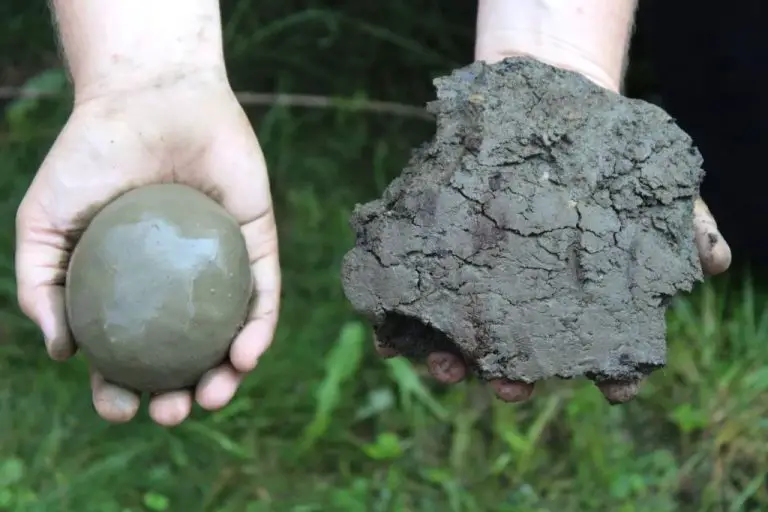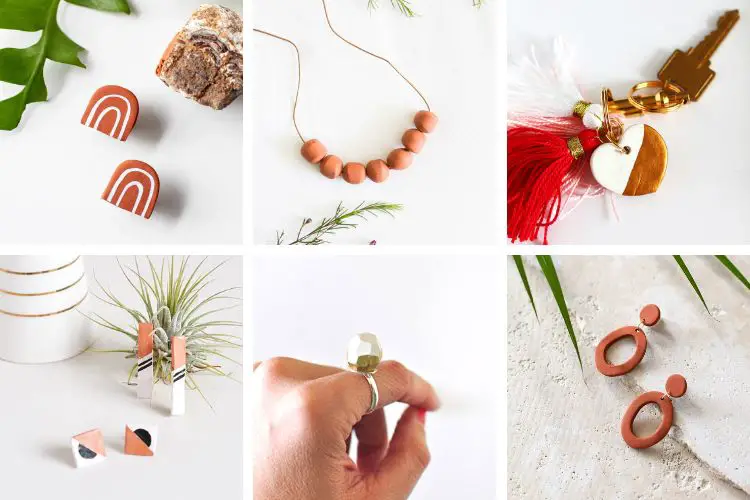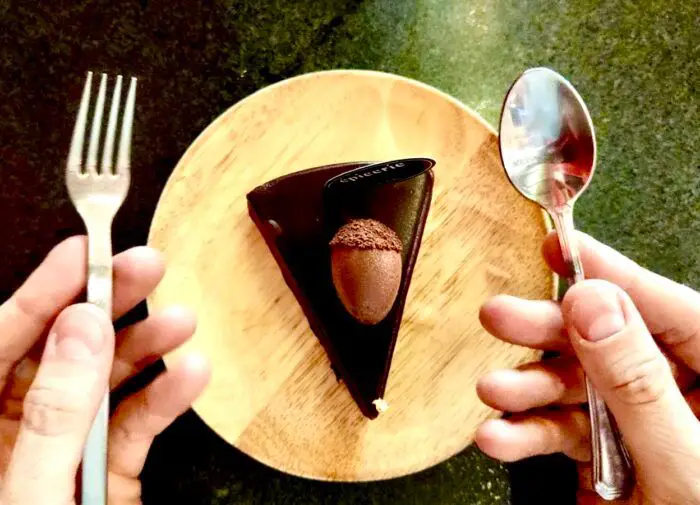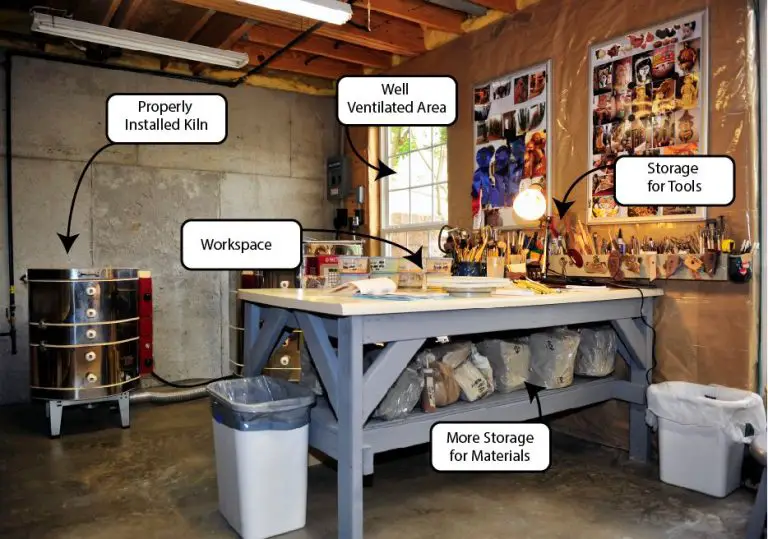How Do You Clean An Indian Clay Pot?
Indian clay pots, also known as ‘ghats’, ‘ghatams’, ‘surahis’ or ‘matkas’, are traditional unglazed earthenware cooking vessels used in Indian cuisine for centuries (https://www.patelbros.com/blog/indian-clay-pot-cooking). They are made from natural clay and minerals, free from chemicals and toxins. Cooking food in these pots imparts natural flavors into the dish and has many health benefits. However, they are porous and must be cleaned thoroughly and properly to avoid bacterial buildup or food odors being retained in the clay. Proper cleaning also helps maintain the pot’s beauty and extends its lifespan.
Gather Materials
To clean an Indian clay pot, you will need to gather a few simple supplies before getting started.[1] It’s best to have the following materials on hand:
- Baking soda – Acts as a gentle abrasive to lift dirt and stains from the clay surface.
- Lemon juice – Helps brighten and restore vibrancy to faded clay.
- Distilled white vinegar – Sanitizes and removes odors from the pot.
- Soft sponge or cloth – Prevents scratching or damaging the clay’s porous surface.
Gathering these supplies ahead of time ensures you’ll have everything you need for a thorough cleaning. Avoid using anything too abrasive when cleaning clay pots, as they can scratch the surface.
[1] https://www.bhg.com/how-to-clean-terra-cotta-pots-7498661
Inspect the Pot
Before cleaning, carefully inspect the clay pot for any stains, discoloration, or stuck-on debris. Check the interior and exterior of the pot. Common stains to look for include:
- Green algae stains
- White salt stains
- Mineral deposits
- Mold or mildew
Algae and salt stains can be particularly stubborn. Algae stains will appear green, while salt stains will look white. These stains can form over time from minerals in tap water or fertilizers used on plants (https://www.bhg.com/how-to-clean-terra-cotta-pots-7498661).
Also inspect for dirt, dust, or cobwebs that may be stuck to the pot. Pay close attention to crevices and etched designs where debris can collect. Knowing what stains are present will help determine the best cleaning method.
Fill With Water
The first step in cleaning the clay pot is to fill it with warm water. Let the pot soak for 10-15 minutes to loosen any dirt, salt deposits, or residue (Should You Soak Your Clay Pots Before Using Them?, 2023). The warm water will soften any debris stuck to the surface of the pot, making it easier to remove.
Scrub With Baking Soda
To scrub the clay pot, make a paste with baking soda and water. According to MittiCool, you’ll want to add about 3 tablespoons of baking soda per liter of hot water. Using a soft bristle brush or nonmetallic scrubbing pad, gently scrub the inside and outside of the pot with the baking soda paste. As recommended by The Gardening Cook, baking soda can help remove stubborn salt deposits and odors from the clay. Take care not to use anything too abrasive when scrubbing, as that could damage the pot.
Rinse
After scrubbing the pot, it is crucial to rinse away any remaining baking soda paste. Use clean, room temperature water and rinse the pot thoroughly inside and out. Run the water over all surfaces, angles and curves to ensure no baking soda residue is left behind. Rinse for at least one minute or until the water runs completely clear. Check carefully along the base and inner edges of the pot where paste can collect. Rinse with extra care and attention if scrubbing left any scratched surfaces or cracks in the clay. Thorough rinsing prevents baking soda from lingering in the pores of the clay and removes all traces of grease and dirt.
Disinfect With Vinegar
After thoroughly rinsing the pot, it’s time to disinfect it. This helps sanitize the clay and remove any remaining odors or bacteria. White distilled vinegar is commonly used for this purpose. According to Housedigest.com, cleaning clay pots with a vinegar solution is a simple and effective method.
Dilute some white vinegar with water at a 1:1 ratio. Dip a clean cloth or sponge into the solution. Thoroughly wipe down the inside and outside of the pot, making sure to reach every nook and cranny. The acetic acid in vinegar will help disinfect and deodorize the porous clay material. Let the solution sit for 5-10 minutes before wiping again with a clean damp cloth.
Vinegar is generally considered safe for cleaning clay. As noted by Quora users, the acidic vinegar helps remove mineral deposits but does not damage the clay itself. Allow the pot to fully air dry before using or storing.
Remove Odors
Clay pots are porous, which allows odors and stains to seep in over time. To remove stubborn odors that linger even after cleaning, sprinkle baking soda generously inside the empty pot. Let it sit overnight or up to 24 hours to allow the baking soda to absorb odors from the clay.
According to this Quora post, baking soda is effective at neutralizing acidic odors in stoneware and other porous materials. The baking soda absorbs and traps odor molecules through adsorption.
Dry Thoroughly
After cleaning and disinfecting the Indian clay pot, it is crucial to allow it to air dry fully before storing or using it. The drying process helps set the clay and prevent cracking or damage.
Choose a warm, dry, and well-ventilated area out of direct sunlight to let the pot dry. Make sure to place it on a towel or rack so air can circulate all around it.
Allow the pot to dry for at least 24 hours or longer if needed for moisture to evaporate. Do not store until the clay is completely dry to the touch. Using the pot before it is fully dried can lead to mold or bacteria growth.
Check for any remaining damp spots, especially in cracks or crevices. Use a hairdryer on a low setting to speed up drying in problem areas if needed.1
With proper drying, the natural clay scent will return and the pot will be ready for cooking or displaying.
Maintain Beauty
Applying mineral oil is a great way to maintain the natural beauty of an Indian clay pot. Plain mineral oil will enhance the pot’s appearance without leaving a glossy residue. Simply use a lint-free cloth to rub a small amount of mineral oil over the entire surface, letting it soak in for 10-15 minutes. Then wipe off any excess. The mineral oil will prevent drying and fill in tiny cracks that form over time.
According to this DIY clay pot oiling guide, mineral oil is safe for clay and won’t go rancid like vegetable oils: https://www.youtube.com/watch?v=h9dYwE9YGN0.
You’ll want to oil the pot every couple of months to keep it looking its best. With occasional mineral oil applications, your cherished clay pot will maintain its natural patina and luster for years to come.






